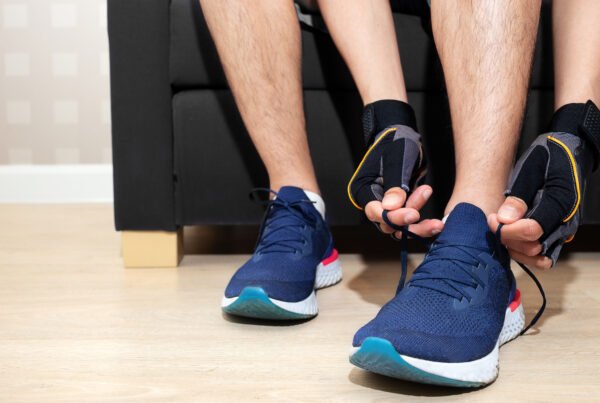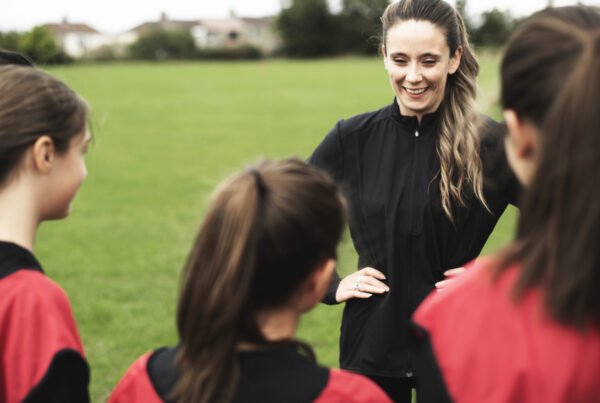Abstract
This report provides a 30 -item evidence-based consensus statement on physical activity and older adults. The statements were agreed upon by 26 researchers representing nine countries and a variety of academic disciplines. Older adults encompass those that remain highly active and healthy to the very old and frail. The statements are split into four themes: 1) functional capacity and health; 2) brain health and cognitive function; 3) behaviour change, intention, and habits; and 4) sociological perspectives.
Methodology
The consensus is drawn from a wide range of research methodologies within epidemiology, medicine, physiology, neuroscience, psychology and sociology, recognising the strengths and limitations of each of the methods. Much of the evidence is based on longitudinal associations from observational and randomised controlled intervention studies, as well as quantitative and qualitative social studies. The consensus statements distinguish between physical activity and exercise. Physical activity is an umbrella term that includes both structured and unstructured forms of leisure, transport, domestic and work-related activity. Exercise is a structured physical activity specifically designed to improve cardiorespiratory fitness, cognitive function, flexibility balance and strength.
Key Findings
Physically active older adults, compared with inactive adults, show benefits to both physiological and mental health, with improved physical and cognitive functional capacity. Strategies to increase physical health should be tailored in a way that recognises the heterogeneity of the older adult population, with varying durations and intensities of exercises for different groups. Physical activity behaviour change interventions result in modest increases in short term (6 months) but long-term sustainability has yet to be established. Effectiveness of these interventions generalises across mode of delivery, setting and professional background of the person delivering the intervention. Social and structural inequalities influence levels of participation, and lifelong subjective experiences shape their understandings and practices of physical activity. Lifelong physical activity experiences and habits have an influence on participation later in life.
Interpretation
The report conclusively demonstrates the importance of physical activity to older adults and the wide range of benefits it provides. One of the key takeaways is that the older adult population is a diverse group, whose physical capabilities and subjective experiences of physical activity will vary greatly. As a result, interventions to increase physical activity amongst older adults will have to be specifically tailored to consider these differences by acknowledging social and structural inequalities across communities. Key challenges include reaching those from disadvantaged communities and figuring out how to inspire those who have had negative experiences of physical activity earlier on in life. Furthermore, the pandemic has created greater barriers to participation amongst many older adults, who are in a high-risk category. As a result, physical activity interventions will be required to adapt to these fresh challenges and find new ways of reaching older adults within the context of social distancing.




